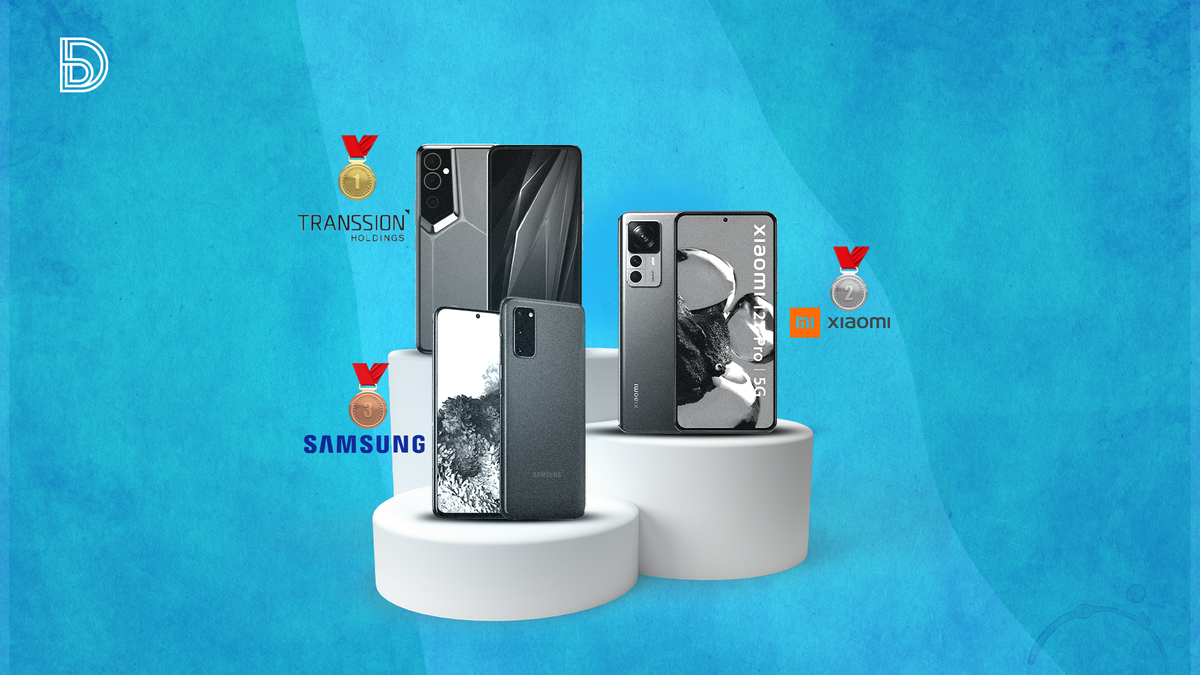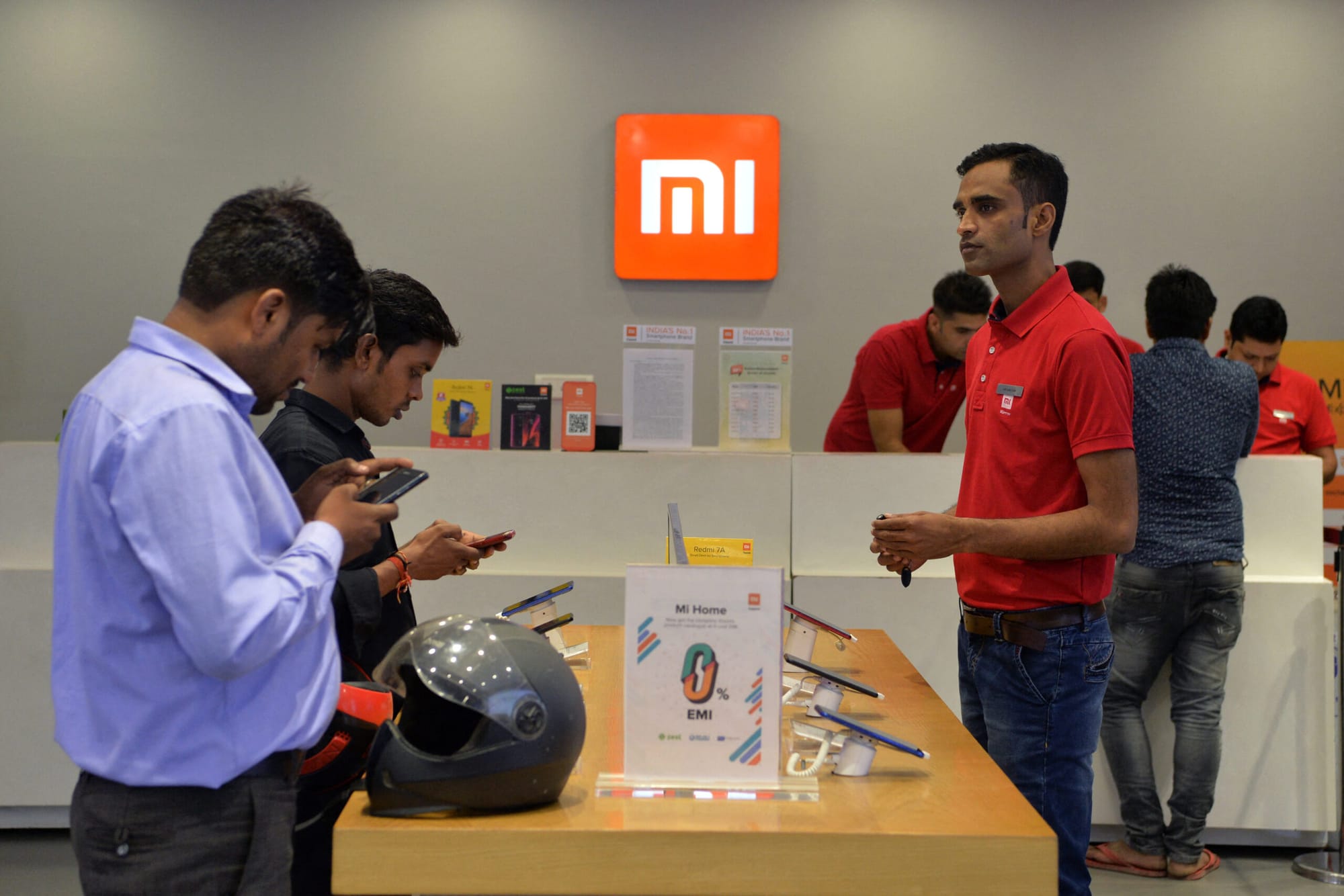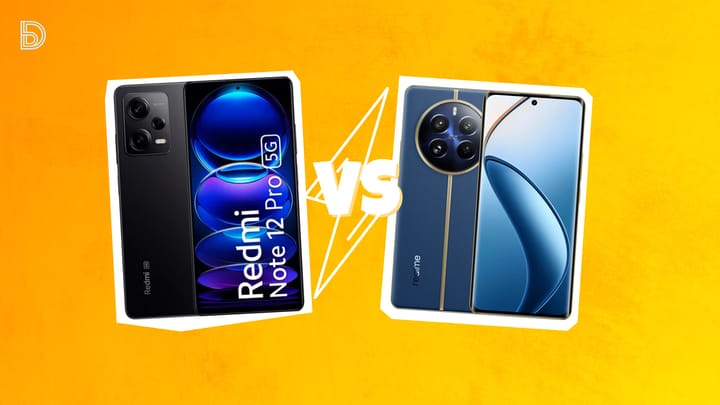How Xiaomi overthrew Samsung in Nigeria's smartphone wars
Samsung’s new distant third position is a break from the norm given its longstanding hold on the market

A 14-year-old Beijing-based consumer tech firm has jumped past Samsung to become the second most preferred smartphone brand in Nigeria, Africa’s largest IT market and most populous nation.
Xiaomi, which was founded in 2010 by serial entrepreneur and billionaire Lei Jun—a Wuhan University graduate and former president of software firm Kingsoft—sat on 19% of the country’s smartphone market share at the end of Q3 2023, in comparison to Samsung’s 7% share, per technology industry analyst Canalys.
In the same period, Xiaomi’s shipments to Nigeria grew by 372% year on year, while that of Samsung declined by 16%. Transsion, another Chinese player, continues as a clear winner, sitting on 66% of unit shares and growing shipments by 23% annually despite selling only in Africa.
Samsung’s new distant third position is a break from the norm given its longstanding hold on the market. The absence of local branding, coupled with the prevalence of hand-me-down phones, seemingly contributed to the decline.
“I can see why Xiaomi has become a popular choice, especially as someone who consistently uses both brands,” says Rex Iden, a gadget reseller based in Benin City, Nigeria’s largest smartphone market outside Lagos.
“Most of the Samsung phones in circulation are second-hand given that consumers are wary of spending lavishly on new ones. In light of this, a good number of consumers who see Xiaomi as the next best thing would easily go for the brand and purchase its phones”, he explains to Bendada.com.
Sparing the bank
Xiaomi outdid Samsung in the wake of a heated battle in Nigeria’s smartphone sector, where foreign brands are competing for consumers’ choice, and by extension, make a dent on the landscape on a continental basis. Transsion, for instance, operates Tecno, Infinix, and Itel to have an upper hand.
Xiaomi broke into Nigeria in April 2019 with the launch of Redmi Note 7, whose best-selling points were battery longevity and affordability. The brand’s devices are designed to compete in the premium range, where Samsung is a strong contender. But in semblance to Transsion’s approach, it focused on selling competitively in a price-sensitive environment.
Amid inflation, currency instability, and regional unrest, Nigeria is experiencing high poverty rates, having increased to 46% in 2023, representing 104 million Nigerians, according to data from the World Bank. Nearly 12 percent of the extremely impoverished world population lives in the nation.
For Manish Pravinkumar, senior consultant for Middle East and Africa (MEA) at Canalys, the firm has been able to make substantial strides by positioning as an "aspirational brand" specifically targeting Generation Z and the younger demographic.
While many consumers opt for phones priced below $100, Xiaomi positions itself as a “mid-premium brand”. Its Redmi series, such as the Redmi 12C featuring a 15MP camera and larger screen, exemplifies this strategy. The recently launched Xiaomi 13C emphasizes top-notch photography capabilities, he says.
“The brand's core strategy for product expansion revolves around aggressively priced products, offering affordable alternatives to higher-priced products without compromising quality or features. This approach aims to steadily capture market share,” Manish tells Bendada.com.
In a PiggyVest survey of over a thousand Nigerians, it was captured that the majority (26%) earn less than $126 monthly. 25% earned between $126 and $315, 15% between $317 and $633, and 20% without any income whatsoever. This limelights the country’s limited purchasing power.
“Plus Xiaomi has made significant investments in offline branding, including branded stores that have captured the attention of Nigerian consumers. With more than 700 brand promoters and control of stocks it has been winning the trust of offline channels,” Manish adds.
Ramazan Yavuz, senior research manager at the International Data Corporation (IDC), believes Xiaomi carries a large model portfolio—smartphones in the low-end <$200 segment. He says this niche accounts for most of the local consumer space, having models with superior specs like memory and, against constant power cuts, a large battery capacity.
“Also, Nigeria has a significant portion of feature phones in the mobile phone market and the transition from FP to smartphone is underway. Here, new smartphone adoption goes to the low-end device segments where Xiaomi is highly focused,” Ramazan explains to Bendada.com.
Not in isolation
Nigeria is not the only market Xiaomi has managed to outsell Samsung. Since 2017, the Chinese brand has stayed on top of the conquest to oust its South Korean rival as the leading smartphone vendor in India. Amid a tussle for market dominance, Xiaomi has been giving its biggest Indian competitor a run with value-for-money devices.
Building on its legacy as a longstanding contender, the maker claimed topmost seller in Q3 2022, shipping 9.2 million smartphones to India and sitting on 21% of the market share, according to a Canalys report. On its part, Samsung shipped 8.1 million units to claim 18% of the market.
However, Samsung narrowly retook the top spot in Q3 2023, with 28.4 million shipments and 19% market share. Compared to Q3 2022, Samsung lost only 3% of its regional shipments, while Xiaomi suffered a 17% slide to—yet again—become the market’s silver medalist.

A similar scenario has played out in European markets like Spain and Greece, where the Chinese brand was more popular than Apple and Samsung. Back in Q2 2021, Xiaomi shipped the highest number of smartphones (12.7 million) to Europe, accounting for 25.3% of the continent’s market share, per Strategy Analytics.
After climbing to the second spot in Q2 2021, Xiaomi, with 17.1% of the market share, became the world’s largest smartphone vendor in Q3 2021. Samsung came in second position with 15.7%, and Apple in third with 14.3%. This happened where consumers are often more taken to iPhones and galaxies.
While Xiaomi has been particularly successful in emerging markets such as India and parts of Southeast Asia, Samsung has faced challenges in maintaining its dominance in this region.
“Samsung's approach is geared towards launching phones across various price ranges to cater to a broader audience. In 2023, Samsung directed its efforts towards the mid-to-high-end market, resulting in a decline in its presence within the low-end segment,” says Manish.
This shift, he says, coupled with the introduction of Apple's high-end iPhone 15, led to a decrease in Samsung's market share, which ultimately displaced the brand from its top global position as well.
Ramazan, who shares a slightly similar view, makes an observation that Samsung has been reducing its low-end smartphones and focusing on mid-range and premium devices.
“This strategic shift came in while the African markets faced high inflation and while consumers’ purchase power decreased. Therefore, consumers were attracted to Xiaomi which is also a well-known global brand but with an affordable line of devices,” he adds.
Regional factors at play
Transsion remains an undisputed leader, not just in Nigeria, but Africa at large. On the back of its wins in the continent, the phone maker has recently ascended to the fifth spot globally.
Figures drawn from the IDC, Canalys, and Statista show it holds no less than 40% share of the African market. Samsung, on the other hand, the second largest smartphone vendor, holds 30% of the market share.
The market is diverse. Consumers put a wide range of priorities and preferences on display when it comes to choosing smartphones. As much as the established actors have historically dominated some segments, room exists for newer players to gain traction by addressing specific consumer needs.
African consumers, 70% of which are under 30, are increasingly tech-savvy. As such, they are open to new brands and technologies. Smartphone makers prioritizing cutting-edge features are likely to resonate with the populace.
This dynamic remains the case for Nigeria, where 70% of the population is under 30. The West African country has the largest population of youth in the world and boasts a median age of 18.1 years. Xiaomi understands this and has most likely leveraged it to get a good fighting chance.
Last year, Richard Uzoma, an 18-year-old university freshman in Port Harcourt, bought a Redmi Note 12S for his first Android phone. For him, it was an easy choice due to hearing much about the device's performance from his social media-savvy friends.
"After using it for a few months, I realized it had not lagged in any way. I can game for long periods without worrying much about battery life. The camera set and battery life have also makes the experience somewhat interesting, particularly for the young," Richard told Bendada.com.
The adoption of social media and other online platforms underscores the importance of digital marketing and distribution channels for smartphone manufacturers. Brands latching onto digital channels to raise awareness, engage with consumers, and distribute their products are better positioned to succeed in the African market.
“Although there are still consumers loyal to Samsung, the price difference compared to other brands is causing some to switch, especially considering the rising cost of living. With growing competition and changing consumer habits, Xiaomi has redirected its attention to marketing strategies,” says Manish.
He explains that this strategy involves a consistent rise in marketing expenditure and extensive social media promotions, utilizing local influencers.
For Ramazan, the magic is happening on the channel side. Despite Nigeria being mainly a physical retail market, "Xiaomi has managed to penetrate and dominate the online space". In physical retail, Xiaomi expanded its presence through branding and engaging promoters, he says.
Can Xiaomi retain momentum?
The Chinese brand prioritized accessibility and affordability. Its competitively priced smartphones are available via diverse distribution channels across the country. This democratizes access to high-quality devices, even in the ruralities where it is traditionally limited. A robust after-sales support infrastructure also lends a hand.
Nevertheless, in foresight, the question is whether or not the firm can maintain the momentum it has set against its South Korean adversary. The play does not come without challenges, but with agile approaches and commitment to innovation, the brand can position itself for continued success.
Manish from Canalys opines that Xiaomi aims to occupy a strategic market position that connects the mainstream consumer base in Nigeria.
“The company's strategy indicates a strong determination to diversify its product range significantly to establish a competitive advantage in the fiercely contested arena. However, a challenge lies in the devaluation of the naira, potentially affecting costs to import and consequently pricing in the foreseeable future,” he explains.
IDC’s Ramazan, submitting an indistinguishable view, says Xiaomi is likely to retain its market share as it continues to offer affordable high-spec devices to consumers. “In addition, Xiaomi can provide higher incentives to its distributors who have a wide market coverage”.
As Xiaomi surfs through Nigeria's dynamic smartphone market, its rise marks a paradigm shift in the industry. It underscores the transformative power of innovation, affordability, and strategic marketing in reshaping the competitive turf of Africa's largest economy.
We reached out to Xiaomi but are yet to receive feedback at the time of publishing.








Comments ()